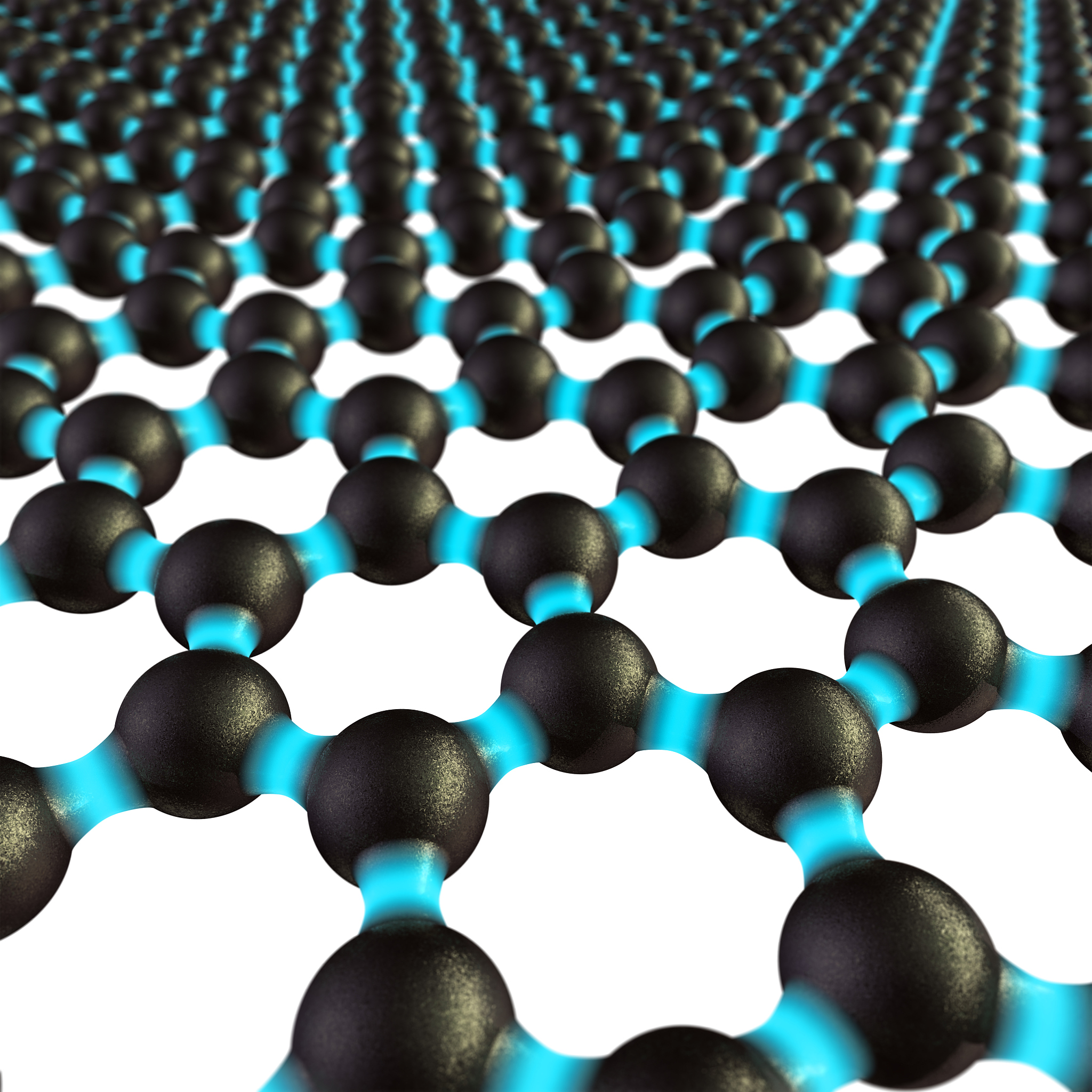Graphene and Nanotubes: What are they and why are they important?
Sure! I'd be happy to explain graphene and nanotubes in simple terms.
Graphene: Imagine taking a pencil and continuously writing with it until the tip becomes very thin, so thin that it is just one atom thick. That incredibly thin layer is called graphene. Graphene is made of carbon atoms arranged in a hexagonal pattern, like a honeycomb. It is incredibly lightweight, flexible, and transparent. Despite being very thin, it is also incredibly strong and conducts electricity very well. In fact, it is one of the best conductors of electricity known to us. Graphene has the potential to revolutionize many industries, from electronics and energy to medicine and materials.
Nanotubes: Now think of a straw, but one that is incredibly tiny. So tiny that it is about 100,000 times smaller than the width of a human hair. That tiny, straw-like structure is called a nanotube. Like graphene, nanotubes are made of carbon atoms, but instead of forming a flat sheet like graphene, they form a cylindrical shape. This cylindrical structure gives nanotubes some really interesting properties. They are incredibly strong, even stronger than steel, but very lightweight at the same time. Nanotubes also have remarkable electrical properties and can conduct electricity very efficiently. They have potential applications in electronics, materials, and even medicine, where they can be used to deliver drugs to specific cells in our bodies.
In summary, graphene is an incredibly thin and strong sheet made of carbon atoms, while nanotubes are tiny cylindrical structures also made of carbon atoms. Both materials have unique properties that make them suitable for various applications, ranging from electronics to healthcare.

原文地址: https://www.cveoy.top/t/topic/jh1 著作权归作者所有。请勿转载和采集!